We all have the basic listing by play type, situation, and field position; one thing that has become very helpful is a more specfic, organized way to think through the problems (and opportunities) the defense is confronting us with. Below is a snippet of one section of our call sheet, featuring some scenarios vs our basic RT/LT (3x1) sets:
|
We've all heard it before: "Think PLAYERS, not plays." However, many get over-involved in the schematics of attacking scheme that some very rudimentary things get left out. As a result, things become more complicated than they need to be. If you have a complete passing system that features ways to attack (described here), you don't need a ridiculous looking call sheet: All kidding aside, I'm sure there's a method to the madness; I just know I could not function with that much "stuff" to look at. While every offseason is spent on the "tweaks" in the system, nothing is as time-consuming as the way I'd like my call sheet to be organized. We all have the basic listing by play type, situation, and field position; one thing that has become very helpful is a more specfic, organized way to think through the problems (and opportunities) the defense is confronting us with. Below is a snippet of one section of our call sheet, featuring some scenarios vs our basic RT/LT (3x1) sets: In the top left corner of the section, for example, we have some base calls to go to when we anticipate our single receiver can defeat his single defender. The numbers (76 and 61) represent the wristband numbers to call on the left and right hash marks respectively. Here, we anticipate a strong roll vs bunch, combined with the frontside safety (F) cross-keying #3 on his vertical route. Thus, if the Z can cross the corner's face, there is a potential for an explosive play; if he doesn't, the drag route has plenty of room to work the W. Conversely, we also prepare for when the matchup favors the defense. Under the heading "SHUTDOWN ON SINGLE", we have base plays prepared to counter this. Below, with the corner over X being the shutdown corner, the defense plays a popular matchup concept: the backside safety (B), middle linebacker (M), and strong linebacker (S) play a triangle over Y and A, with the frontside safety (from the QB read perspective) pushing to the 3 receiver side. We can therefore gain an edge with the W manned up on our B-back, with Y coming in behind: The above represents just a small sample of basic plays in this system that can be categorized in several different strategic or tactical situations. Many of us have come away from a game having left a "must call" from preparation on the call sheet; the important thing is having the informatio organized in such a way that the play caller can access what he needs under the duress of a close ballgame.
0 Comments
As Part 3 of Developing an Offensive System nears its release date, I wanted to write about some adjustments in the way we package that have proven to be very beneficial in the past year. Late last fall, I began to adjust game plan forms in order to make it easier to recall options in the heat of battle. This spring, six primary "structures" were labeled on the coach's sheet: We derived this terminology to make the teaching for all players easier; it also allows the offense to move around star players with no additional learning burden. The Read/ Navigation tags allow the coach to guide the passer to the easiest lane of completion. By classifying game sheets, the playbook, and cut ups by route structure, one can be extremely efficient - with an offense can now teach minimal techniques and assignments, but apply in several different ways to attack a defense. Most of all, the QB and coach can benefit from the ability to hit all eligible receivers in a pattern. To illustrate, we will look at a few clips involving the drag route. First, the basic DRIVE: Next, the 9 route in front of DRIVE: Lastly, using the 9er (Numbers) advantage principle:
Homer Smith taught us all that nothing can become more entangled than patterns, protections, and formations. To this, we must add read types, as merely having one way to read a pass defense severely limits the ability of an offense to attack. This system, as it is constructed, meets all those needs, though the number of combinations can seem overwhelming. By simply grouping structures as a means to help coaches process and assimilate the weapons at their disposal, we are able to keep the offense in manageable pieces, maximizing learning and execution.
Part 3 of the iBook series is coming soon! This part will cover the teaching of the overall offense, and include the running game, screens, and installation in addition to the passing game. Further, we have an exciting new platform we will be launching from, so stay tuned. As I prepare this latest work, I wanted to share with you a short clip that involves an example of how to DICTATE to the defense. With the preponderance of robber coverage to counter the spread run game, offensive coaches must find ways to take advantage of automatic checks that come with the rules of the defense... The HIT LISTS that are now available as a separate consulting package feature dozens of ideas like this for each of the major coverage categories.
One of the things I truly love about having technology constantly at our fingertips is the ability to constantly learn (and teach) football ideas. I am completing one of several projects related to football; the one with the most over-arching relevance is what I am calling my "Hit Lists": Used as a game planning, QB teaching, or even professional development tool, these lists cover 5 major coverage categories and provide the user with a "ready reference" on attacking a given defense. Each coverage will have between 30-40 ideas, and each idea is accompanied by a coaching clip (complete with telestration) highlighting a specific principle. This is much more detailed than saying "4 verts vs. Cover 3"; the guide takes you into the drop angle of specific defenders and in some cases, give outlines in altering the defense's call to get the desired response. Projects like this highlight my study of the defenses my coaches will likely see in the upcoming season. The coach is then equipped with a ready-reference catalog to use during game planning or offseason preparation. More importantly, it does not lock in a coach's creativity; rather, it serves as means to unlock new ideas.
Registration can be found HERE.
It will be the first of several slated for this spring; the series will cover many of the topics and material discussed here...AND MORE. In addition to Parts 3 and 4 of my iBook series (here), we are working on a web clinic series in that will cover several topics throughout the spring. To answer many questions I have been getting, iBook Part 3 will deal with teaching/ installing, and Part 4 will cover game planning. In order to augment these works, our clinics will cover parts of the QB Manual, Attacking Coverage Section, and our new "Hit Lists" -an update to the game planning menu under consultant services - which serves as a brainstorming tool when combating the major coverage categories.
The season may have come to a close, but there is still PLENTY of football to go around! More information to come... That's what I think about when I watch one of the four elite NFL quarterbacks play. Everyone has the WILL to win; significantly less have the will to PREPARE to win. In particular, I have a special fondness in the way Tom Brady operates. He spreads the ball around with surgical precision, even though (with an exception his elite tight end) he currently has a very ordinary receiving corps by NFL standards. With an exception of a few years in the mid-2000s, this has been the case throughout his career. The Patriots offense is a wonderful blend of personnel groupings, mismatches, and tempo. They are always attacking a weakness in the defense, and Brady's mastery and preparation are wonderful to study. Watching Brady - or any of the elite quarterbacks - always gave me the desire to replicate their methods. I've always been in awe of watching the greats spray the ball around, and especially hitting different parts of the same pass pattern. Though it is easy to replicate plays and concepts, it is decidedly more difficult to guide the quarterback's decision making. UNTIL NOW... Now, there is a communication system that allows you to guide your passer's decision making on an every down basis, and what we have done is published an iBook with video and presentations to support that teaching. Furthermore, the manual outlines a basis for game planning and aligning play installation and teaching to make the most of precious practice time. But, even better than that, the highlighted material can be assimilated into your offense WITHOUT CHANGING YOUR CURRENT SYSTEM. That time of the year is upon us, where coaches are doing the teaching that will determine the fate of their respective seasons. As this teaching goes on, it is important to note that while we have the best laid plans beginning last offseason and through the spring and summer, we must always strive to improve - to be the very best we can for our teams. This is why I teamed with Keith Grabowsky on this project. As the first of a four part series, the groundwork for developing your offensive system to account from the game's newest trends will be set. Teaching points borrowed from my Quarterback Manual are shared with video and presentation formats that will allow you as the coach to give your players a competitive advantage.
Great care was taken to share to share the access I have been granted, allowing insight to the NFL and college football's top offensive systems. I know many coaches that have a thirst for knowledge to better the young men they coach, but not the requisite connections to gain special access. Regardless of style of play, this resource can help you RIGHT NOW. Get it HERE. "Plan your work; work your plan." In football circles, this phrase is almost cliche. The thing is -- very few staffs TRULY plan out every step of the process. Recently, I had the fortune to work with an old friend; I was impressed in seeing his vision for his program. It was 3-dimensional, with player development, community involvement, and schematics addressed from the youth level upward. This foresight is uncommon; he immediately set out about not only having complete systems on offense and defense, as well as also outlining a plan to develop his talent pool much earlier than most. While QB Development is an obvious focal point of program development, we took this a step further, outlining the skills and development time necessary at each level - at the youth, middle school, freshman, JV, and Varsity levels. A calendar for each is established, and drills are evaluated. QB development wasn't the only focus; while we implemented ACTS principles in the passing game and delineated the structure of the running game, we identified the need to evaluate all the program's personnel. The coach's goal is to have a system for the next 15 years that will adjust to player types, but not have to change wholesale because a great player comes along (or graduates). In other words, the techniques and concepts taught should be the same, regardless if the level or talent level -- a stance or how to carry the football should be taught the same way, whether it be a 7th grader or an all state senior. Coaches must be committed to continuous improvement. For example, if a Head Coach wishes to invest in the "ISO" running play, consideration must be given to the FB-type athletes at each level. If a the varsity group lacked depth at that position, then to coach might want to re-consider such an investment, or alternative solutions - in both personnel and scheme. In this instance, the use of "Lead Draw" action might be useful; using DART from 1 back formations might also be of benefit. In the diagram below, it is easy to see how the same frontside scheme is used, and thus can be fruitful even if a group of kids does not possess the classic fullback. Careful planning ensures not only a seamless transition from middle school to high school, but within a given team's practice structure as well. How often does the newest fad or craze dominate clinic talk, without careful consideration of how additions affect a team's overall plan. Take, for example, the chart below. Given a vision the coach has for an offense, do we make sure that teaching time aligns with the play calls going into a game? Even with the use of up-tempo play calling and an emphasis on quick rhythm dropback, it is easy to conclude that practice must be efficient. For instance, based on this chart, if we were fortunate enough to get 66 plays in a game, we would only get to call 26 total RUNS and FAST SCREENS. Considering many offenses run inside zone, outside zone, power, counter, a trap, option, and draw, one can quickly dilute the offense to the point of ineffectiveness.
Before planning installation, a play package must have an overall place in a system; think of an offense as an ecosystem, where everything is dependent on other members of the food chain. Arbitrarily adding ideas without careful consideration to all factors can do more harm than good, which is why the "re-conceptualization" of the passing game in "Recoded and Reloaded" -- making all components conceptual while easing learning for younger players - can pay huge dividends. As the season moves along into every team's "crunch time", I am busy catching up with clients, watching games and practice clips, and offering suggestions where I can. Aside from the camaraderie and relationships, this is the part I really miss: the game-planning. Getting to specific problems and specific solutions with specific players in mind is always fun. For this reason, I've always loved studying NFL tape. While many have felt that NFL offenses were too homogenized, there are always been those who push the envelope. A highs school or a small college has more in common, roster-wise, with the NFL and than it does with a Division 1 powerhouse. I say this because a small college or high school's depth is much more similar to a pro team's roster - where the dropoff from a starter to a backup might be HUGE - in contrast to the revolving door of Parade All- Americans that can be found on top college rosters. Further - this year in particular - those who follow the NFL have seen an overarching effort in attacking defenses. More and more teams are in the no-huddle mode on a regular basis, and still deploying a full array of pass concepts. And while zone-read concepts are in play, they are used judiciously or not at all, because of the lack of depth at that position; this is certainly a concern in many high school situations I know of. In fact, I think the pendulum has swung, with "generic" spread systems being more prevalent at the COLLEGE level with little variety from team to team. I also think that for these reasons, the flexibility of the system we have in place allows us to take advantage of whatever physical match ups we can dictate. In the system described in "Recoded and Reloaded", I took the best ways I know of assigning pass routes, and sequencing them for the QB. For the purpose of calling pass patterns, we use a numbered route "tree" to call the frontside receiver's assignments. This innovation eliminates confusion when moving players within a formation -- one of the keys to dictating matchups. Much is said about "dictating matchups," yet I find it interesting that few systems allow for this without an inordinate amount of memorization on the part of the player. More importantly, these is a way to communicate WHERE THE QB PUTS HIS EYES. Getting people open on a pass play is of little importance if there isn't a corresponding way to have the passer ready to throw there in a given time. We accomplished this by designating Advantage Principles that isolate defenders, and Concepts that stretch those "2 on 1s". From there, we have "3rd Fix" outlets that break into the QB's vision. In our nomenclature, this is referred to as ACTS. Using these principles, we can dictate (from one play to the next) the thought process we feel will best deliver the ball to the intended receiver. We built a system of teaching in which "new learning" is minimized. Still, there are situations where some defenses required extra cues for the passer. In today's no-huddle environment, the old "catch all" of sending instructions in with a messenger is no longer an option; it is also poor form for a coach to ask a player to execute something he has never practiced before. These "cues" would be something similar to the navigation system in my car: I would have a standard route to follow (A.C.T.S.), but if there was an obstruction, the computer (the coach) could direct me to an alternate route. These "Navigation Tags" would fit right in with the normal mode of play calling, allow a coach to guide his passer mid-drive, and best of all, allow practical solutions that can be built into practice and can be called upon whenever the situation arises. Having this means of communication allows the offense to attack a defense to the fullest extent, without the benefit of a 14-year veteran QB. This allows one to be flexible with pass patterns, and can take advantage of a great plan on the part of a coaching staff. There are 3 Navigation Tags; for the purpose of brevity, I will give brief explanations, and go into depth with the FALCON tag. RAIDER - code for "Read Advantage to In/Under" We are telling our passer we want to take a look at the frontside throw through the coverage, but if not, go immediately backside to a High/Low we have built for you. When developing full-field pass patterns, defenses can overplay the frontside route, and recover on the backside. For us, an "UNDER" is any check release or short route holding the window open for the IN. DRAGON - in this system's use of half-slide protection, where the back checks frontside and drags backside on any of our Drag tags (below), "DRAGON" tells the QB to stay with the called crosser for an extra count, and go straight to the back's drag from there. In communicating, the call below would simply change to LT BROWN 8 A BADGE DRAGON. FALCON -- our code for "Flash At LOS; Otherwise - Normal." Here, we use a WHIP tag on the backside of a standard pattern. WHIP serves two purposes: first, it allows our QB (or coach) to signal a "press man beater" based on how the defense is aligned. Below, diagram 1 is a "rub" for #1, and #2 is a "rub" for #2. Second, the man setting the rub continues on an IN route, so that the passer has a completely intact pattern, from frontside to backside. Once the selection is made, the QB needs to confirm if the RUB is successful at the snap. If it is, he's letting the ball go. If not, he would use the same process he would on the given frontside pattern (471 is shown below). Once again, versus zone, the pattern still has the feature of a backside in as the Third Fix for the QB. Navigation Tags allow the coach to control where the ball goes based on the game situation, without the need to wait for a the next offensive series. These tags also hold the coach accountable to the game plan by giving specific instructions to the offense in the present tense. Most importantly, it removes much of the guesswork for the quarterback; it assures that the offense will be the "last to have the chalk" on a down-to-down basis.
|
AuthorLiving in Allen, TX and using this outlet to not only stay close to the game I love, but to help pass on what I have learned from some of the game's great coaching minds. Categories
All
Archives
July 2021
|

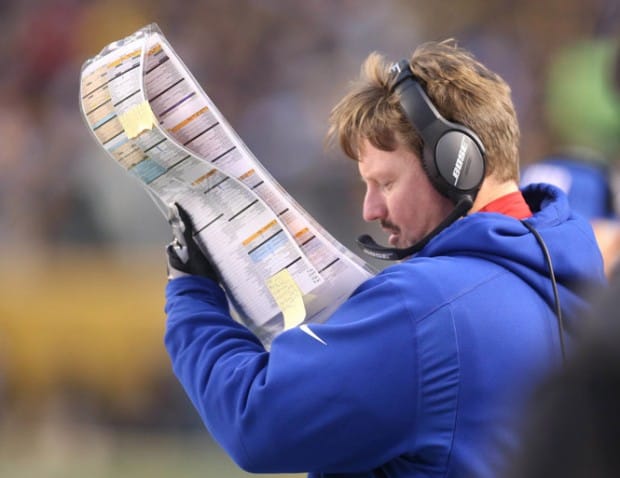

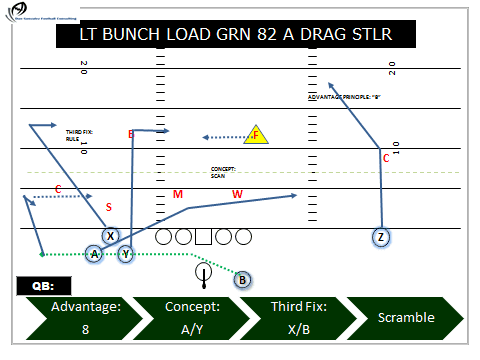
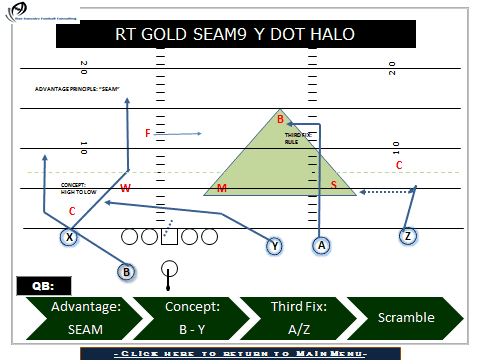
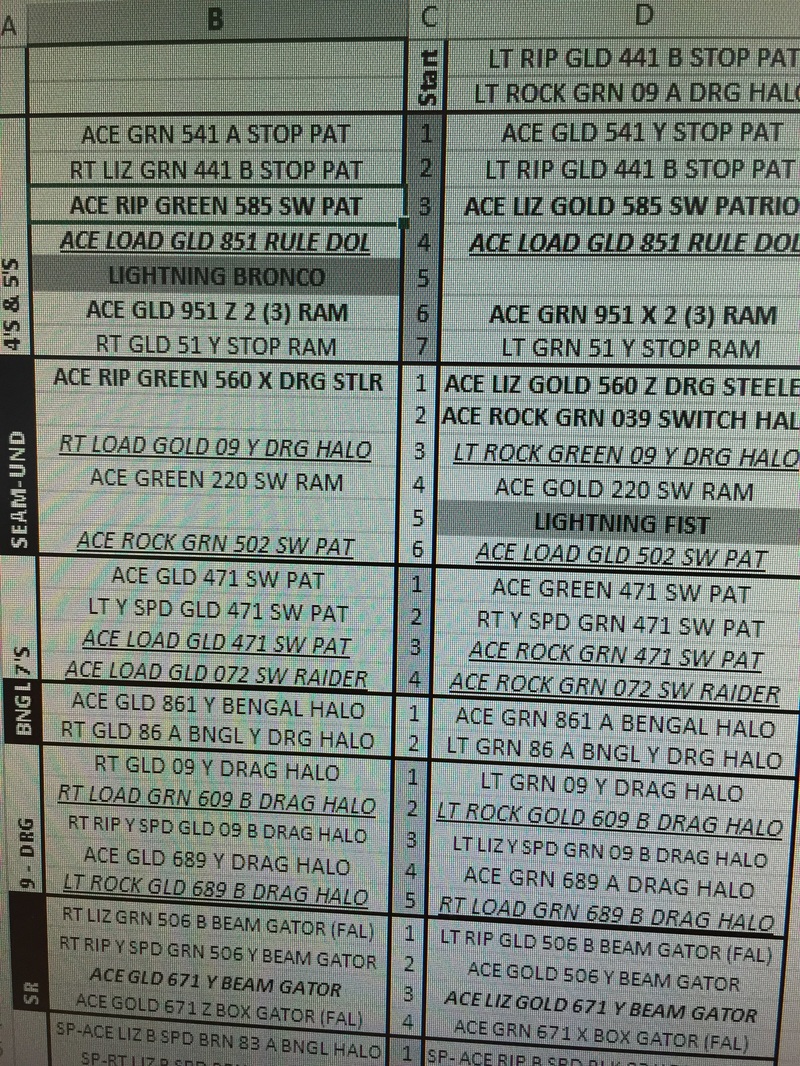
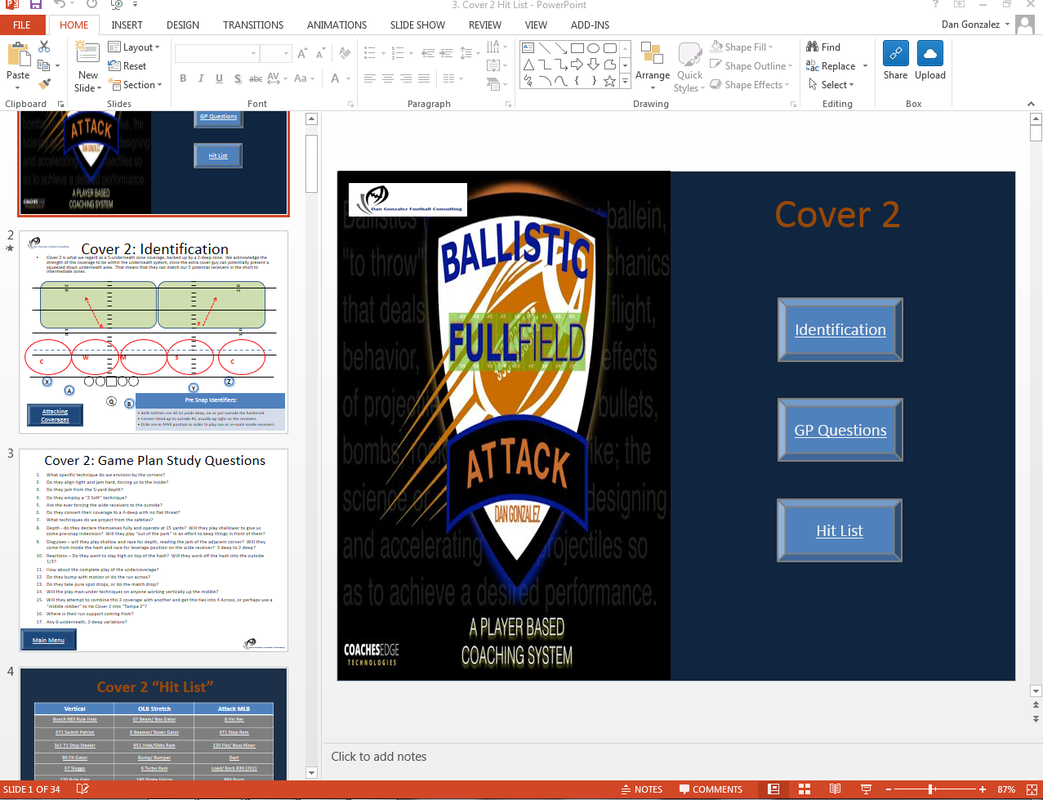
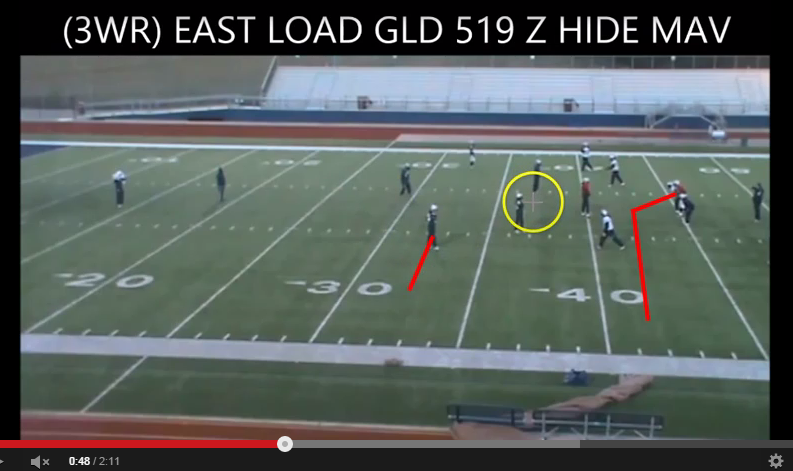
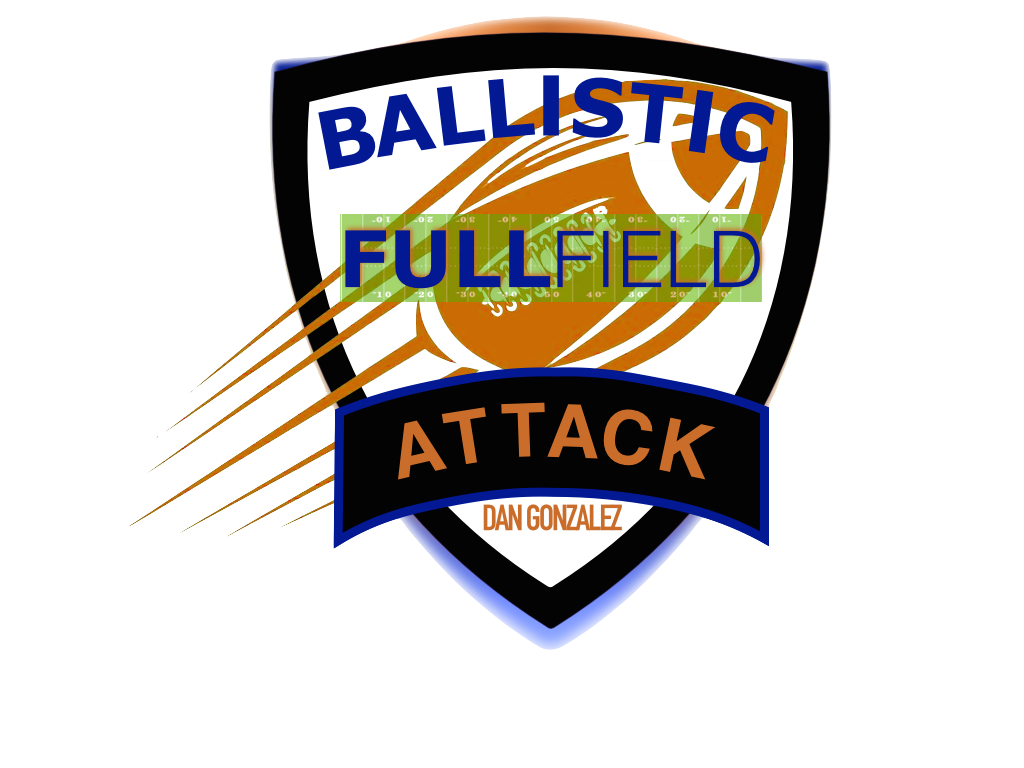
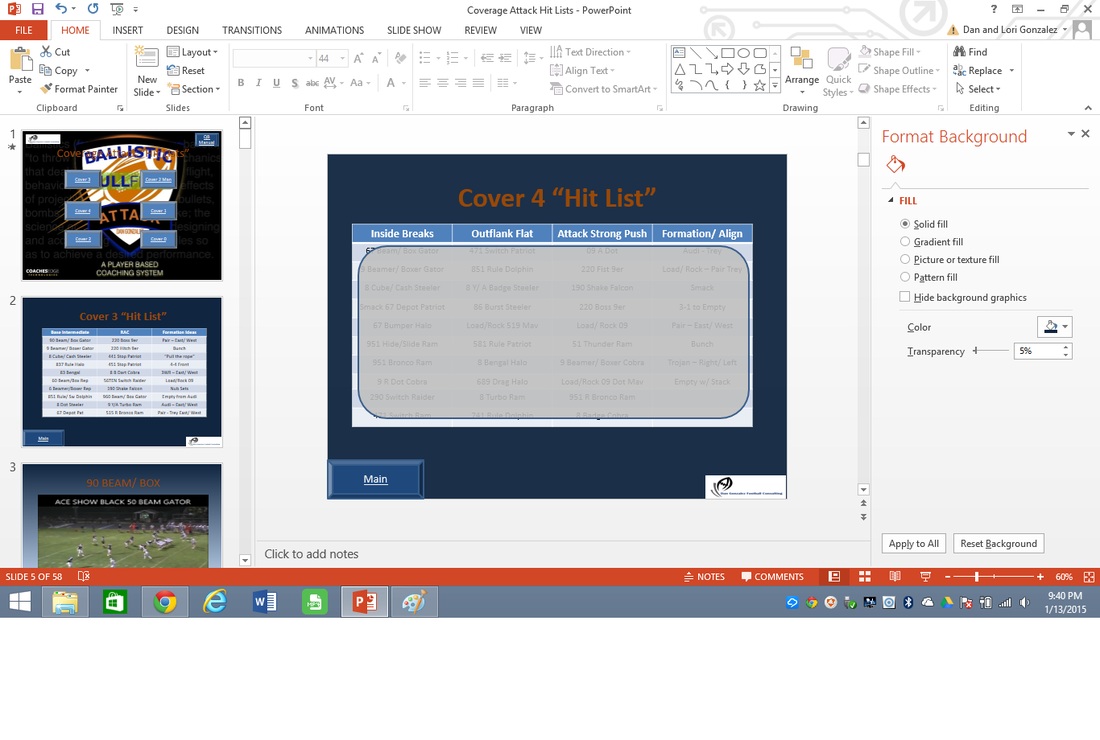
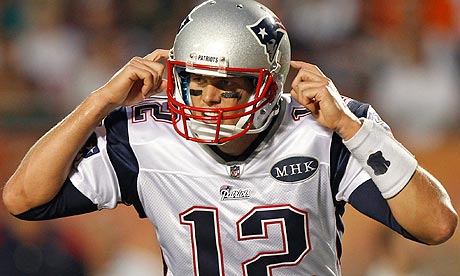
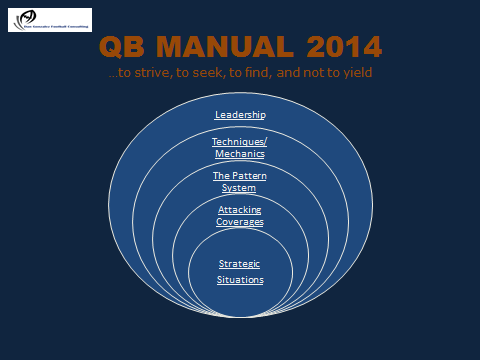
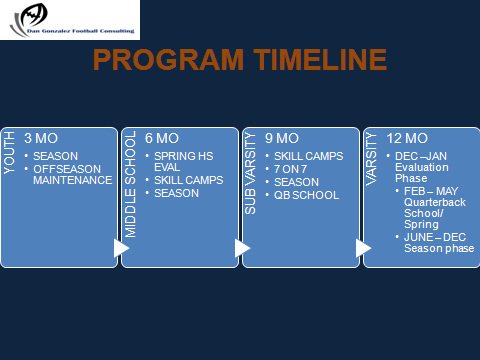
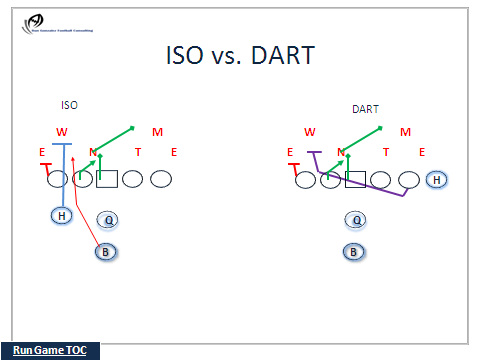
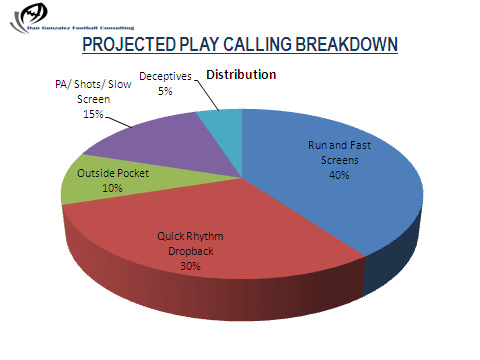
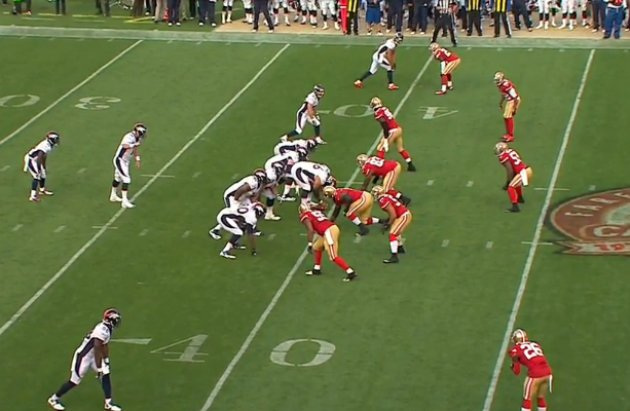
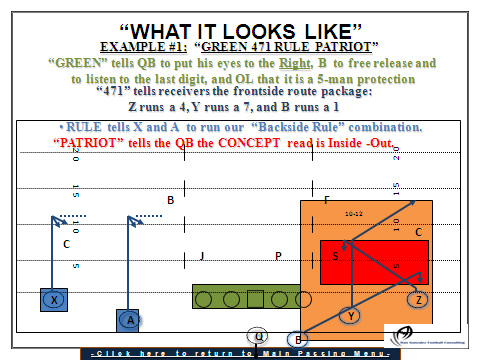
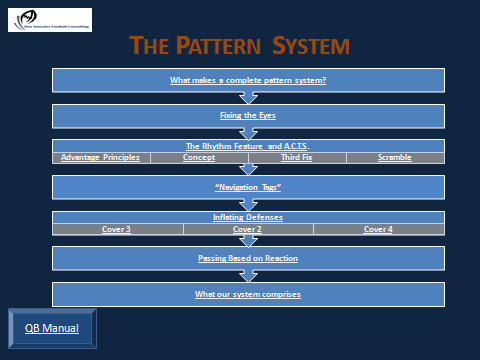

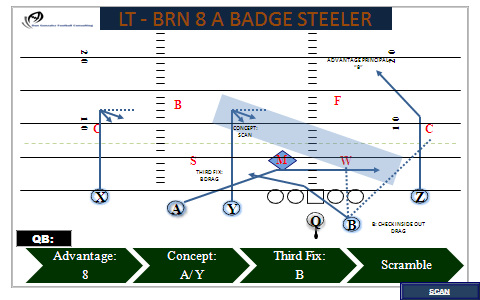
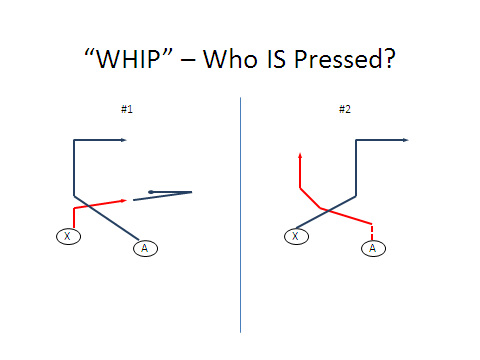
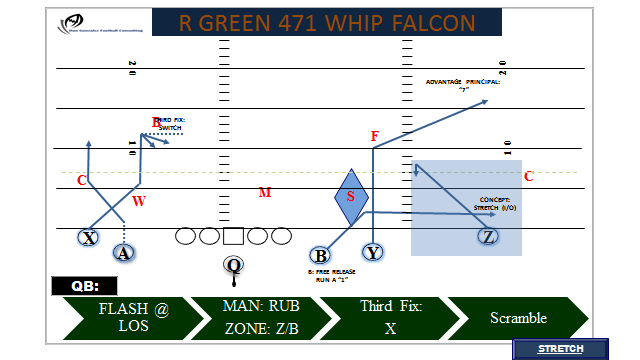

 RSS Feed
RSS Feed
